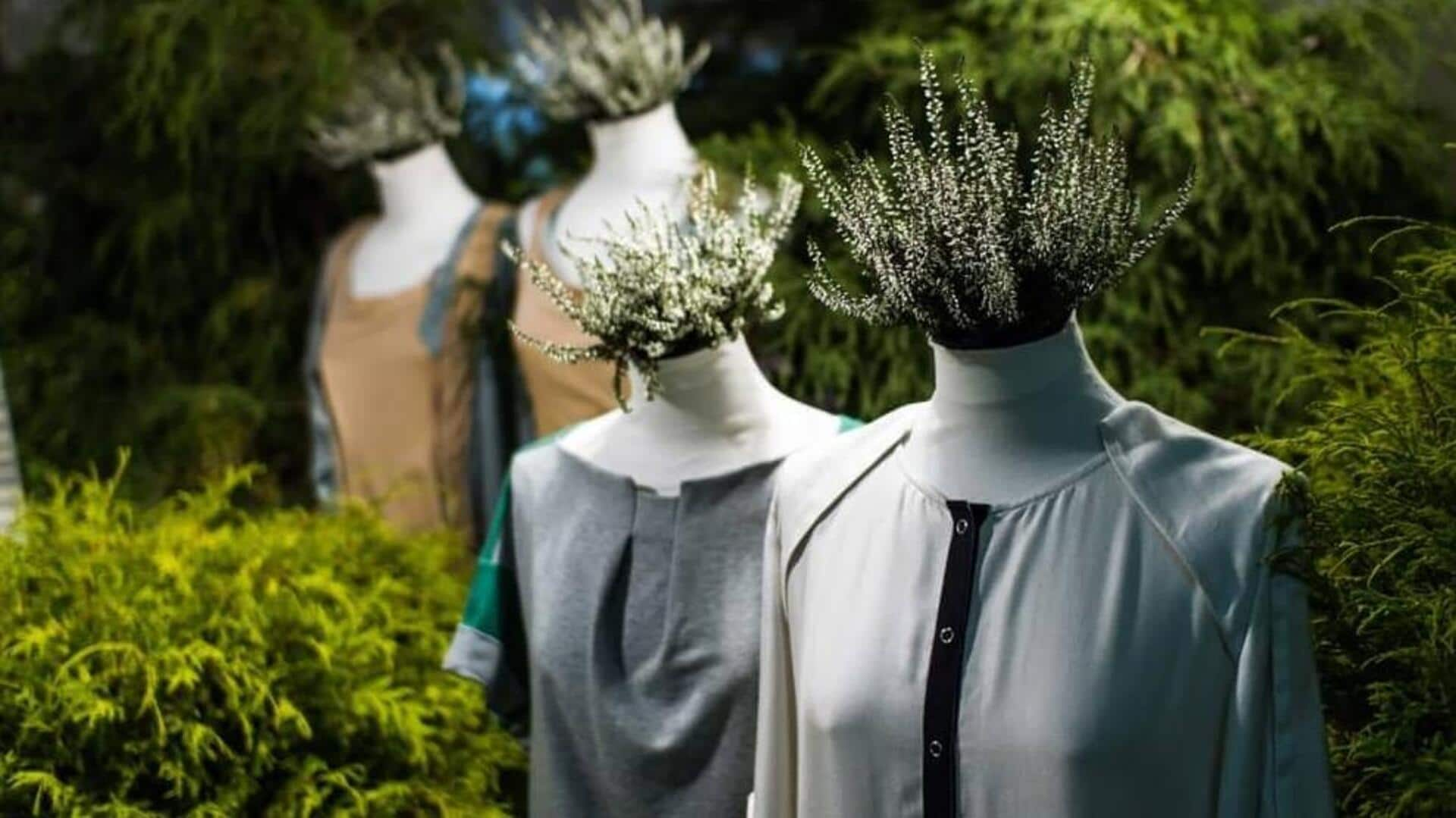
A guide to embracing eco-friendly wardrobes
What's the story
In an era where sustainability is more than just a trendy concept, eco-friendly fashion has become an essential conversation. It's about consciously choosing to reduce waste and environmental impact. This article ventures into the world of home fabric recycling, offering practical ways to repurpose your wardrobe. Engage with these methods to contribute significantly to a greener planet and embrace a sustainable lifestyle.
Background
The rise of textile waste
The fashion industry significantly contributes to global waste, with countless textiles ending up in landfills each year. The fast fashion model exacerbates this issue, encouraging consumers to frequently buy and quickly discard clothing. Home fabric recycling is a vital move in combating this waste, offering a path toward sustainable living by repurposing discarded garments and reducing environmental impact.
Key concept
Crafting new from old
Recycling fabrics is not solely about being eco-conscious; it's a creative outlet as well. By repurposing materials from old clothing, you can handcraft items such as tote bags, cushion covers, or patchwork quilts. This approach doesn't just prolong the life of materials but also infuses your home and wardrobe with distinctive flair, showcasing your commitment to sustainability and individuality.
Practical advice
Simple steps to start recycling
Start by sorting your closet, separating unworn clothes. Seek out local textile recycling or donate wearable items. Get inventive with the rest: transform T-shirts into cleaning cloths or repurpose denim into a trendy new jacket. These small acts are significant in the mission to minimize waste. Every effort to repurpose textiles contributes to a more sustainable wardrobe and environment.
Tip 1
Join the upcycling movement
Upcycling is the process of converting old garments into new, higher-value items without deconstructing their fibers. Begin with easy projects: turn a worn scarf into a chic headband or transform shirts into breezy summer tops with just a few cuts and simple sewing. This practice is not only cost-effective, but it also represents a meaningful gesture of environmental stewardship.
Tip 2
Host clothing swaps
Clothing swaps are enjoyable social gatherings where you can exchange clothes with friends or community members. These events are a sustainable choice for refreshing your wardrobe without new purchases. Establish rules for the quality and cleanliness of items to ensure a pleasant experience. Delight in uncovering hidden gems in another's collection, keeping apparel in use for longer and reducing waste.